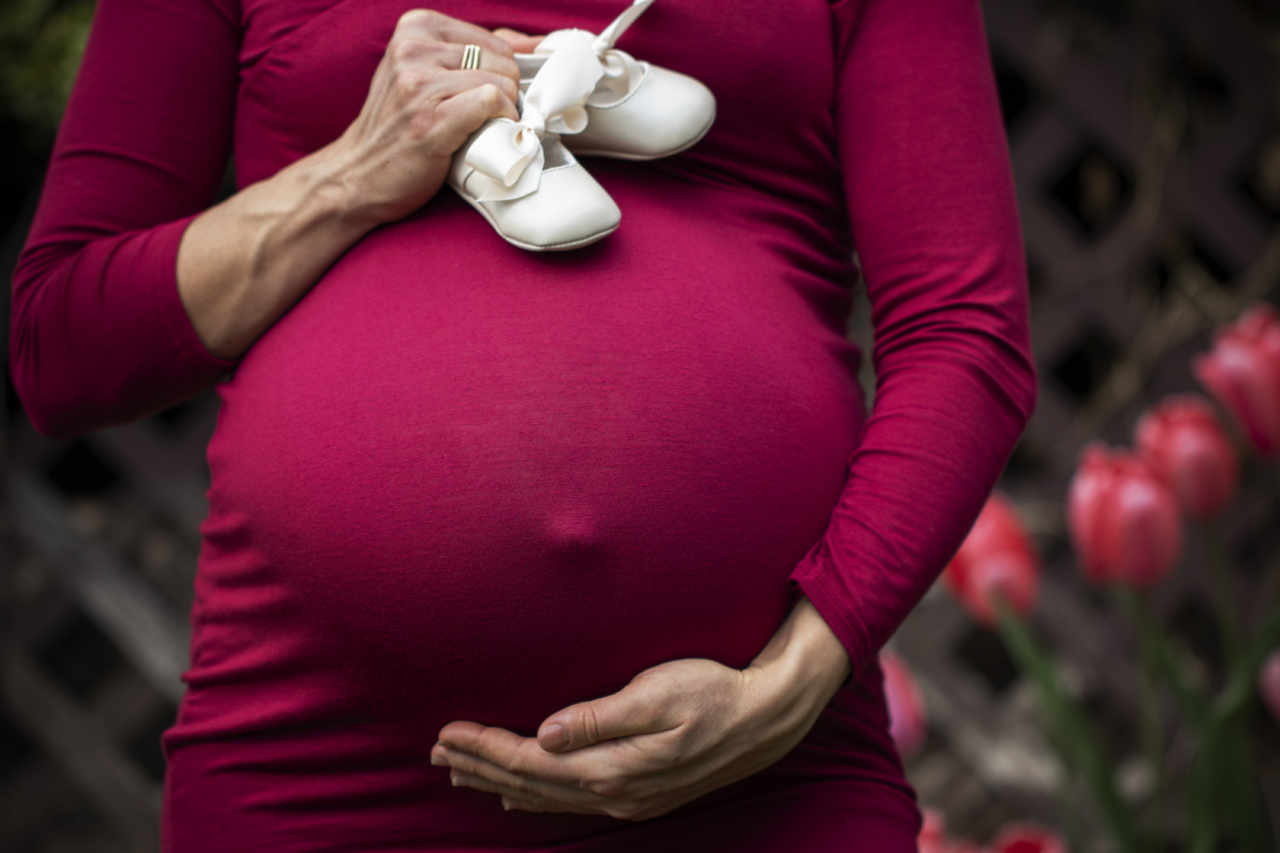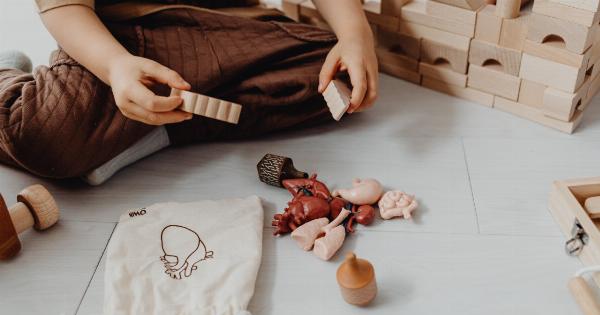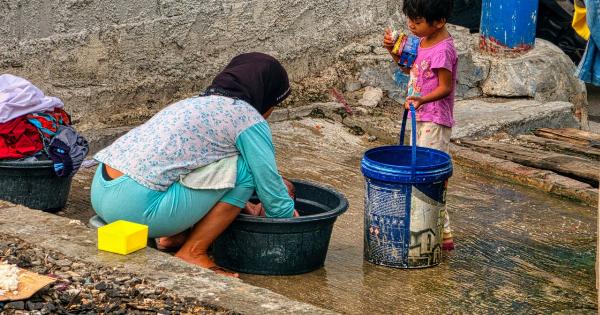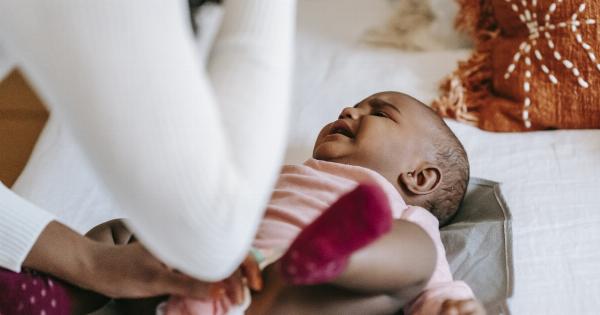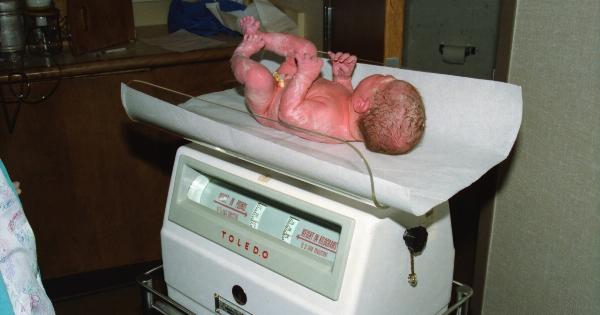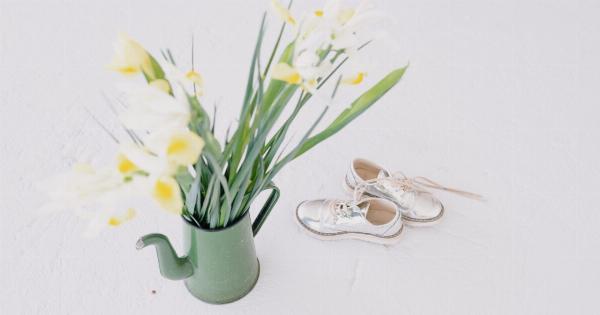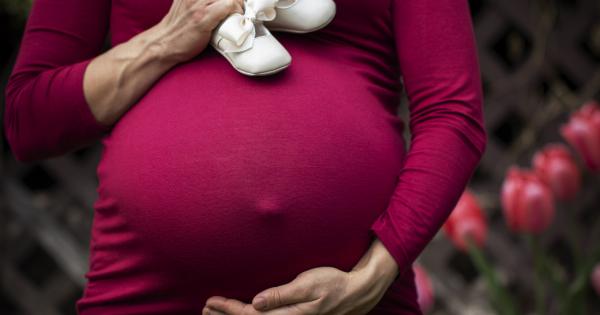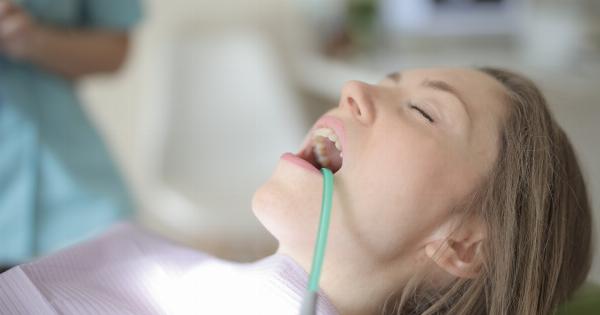One of the most tender areas on a newborn baby is their belly button, which is the remnant of the umbilical cord. After birth, the umbilical cord is clamped and cut, leaving a small stub that eventually dries up and falls off.
This process is known as healing, and it typically takes around one to three weeks for a baby’s belly button to completely heal. However, every baby is different, and factors such as cleanliness, care, and potential issues can impact the healing time.
Factors Affecting Belly Button Healing
Several factors can influence how quickly or slowly your baby’s belly button heals. It is essential to keep these factors in mind to ensure proper care and prevent any potential complications.
Here are a few factors that can affect belly button healing:.
Cleanliness and Hygiene
Proper cleanliness and hygiene play a significant role in the healing process of your baby’s belly button. It is crucial to keep the area clean and dry to prevent infection.
Gently clean the belly button area using a cotton ball or swab dipped in warm water. Avoid using harsh soaps or lotions as they may irritate the delicate skin.
Cord Care
Proper cord care is vital during the healing process. Keep the umbilical cord stump clean and dry at all times. Fold your baby’s diaper down to avoid covering the belly button area, allowing air circulation.
Do not attempt to remove the stump; it will fall off naturally. Pulling or tugging the cord can cause bleeding or infection.
Adequate Air Circulation
Allowing the belly button area to breathe and promoting air circulation can aid in faster healing. Dress your baby in loose clothing that does not rub against the belly button. Avoid tight diapers or clothing that can trap moisture or cause irritation.
Signs of Infection
While a baby’s belly button may appear slightly red or swollen during the healing process, it should not show signs of infection. Watch out for the following signs that may indicate an infected belly button:.
– Pus or discharge – Increased redness and swelling – Foul odor – Fever – Excessive crying or discomfort – Bleeding or oozing.
If you notice any of these signs, consult your pediatrician for proper evaluation and treatment.
How to Speed Up the Healing Process
While the healing of the belly button is a natural process, there are a few things you can do to promote faster healing:.
Keep it Clean and Dry
As mentioned earlier, cleanliness is essential for proper healing. Gently clean the belly button area using mild soap and warm water. Ensure it is thoroughly dry before dressing your baby or putting on a diaper.
If the area remains moist, it can delay the healing process.
Avoid Tight Clothing or Diapers
Tight clothing and diapers can rub against the delicate belly button area, causing irritation or slowing down the healing process. Dress your baby in loose clothing and use diapers that leave the belly button area uncovered.
Avoid Submerging in Water
Until your baby’s belly button has completely healed, it is best to avoid submerging them in water, including baths in a tub or swimming pools. Moisture can impede the healing process and increase the risk of infection.
Instead, opt for sponge baths to keep your baby clean.
Let it Be
While it can be tempting to intervene or try to speed up the healing process, it is crucial to let it be. Resist the urge to touch, pick at, or remove the umbilical cord stump. It will fall off naturally when the time is right.
When to Consult a Doctor
Most cases of belly button healing follow a normal and uneventful course. However, there are instances when medical attention is necessary. Contact your pediatrician if:.
– The belly button area shows signs of infection. – The belly button remains unhealed after four weeks. – Your baby seems uncomfortable or in pain. – Bleeding occurs from the belly button.
Conclusion
Understanding when your baby’s belly button heals and how to promote the healing process is essential for their overall well-being.
While every baby’s healing time may vary, maintaining cleanliness, practicing good hygiene, and ensuring proper care can contribute to a faster and problem-free healing process. Pay attention to any signs of infection or delays in healing and consult your pediatrician if needed.
